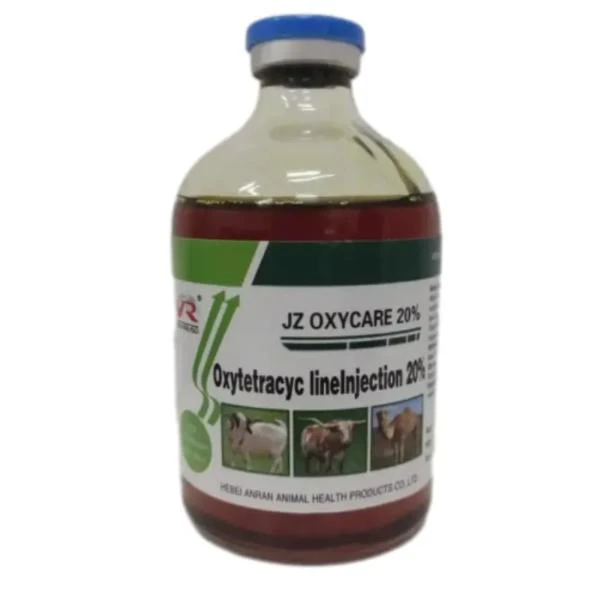- Afrikaans
- Albanian
- Amharic
- Arabic
- Armenian
- Azerbaijani
- Basque
- Belarusian
- Bengali
- Bosnian
- Bulgarian
- Catalan
- Cebuano
- Corsican
- Croatian
- Czech
- Danish
- Dutch
- English
- Esperanto
- Estonian
- Finnish
- French
- Frisian
- Galician
- Georgian
- German
- Greek
- Gujarati
- Haitian Creole
- hausa
- hawaiian
- Hebrew
- Hindi
- Miao
- Hungarian
- Icelandic
- igbo
- Indonesian
- irish
- Italian
- Japanese
- Javanese
- Kannada
- kazakh
- Khmer
- Rwandese
- Korean
- Kurdish
- Kyrgyz
- Lao
- Latin
- Latvian
- Lithuanian
- Luxembourgish
- Macedonian
- Malgashi
- Malay
- Malayalam
- Maltese
- Maori
- Marathi
- Mongolian
- Myanmar
- Nepali
- Norwegian
- Norwegian
- Occitan
- Pashto
- Persian
- Polish
- Portuguese
- Punjabi
- Romanian
- Russian
- Samoan
- Scottish Gaelic
- Serbian
- Sesotho
- Shona
- Sindhi
- Sinhala
- Slovak
- Slovenian
- Somali
- Spanish
- Sundanese
- Swahili
- Swedish
- Tagalog
- Tajik
- Tamil
- Tatar
- Telugu
- Thai
- Turkish
- Turkmen
- Ukrainian
- Urdu
- Uighur
- Uzbek
- Vietnamese
- Welsh
- Bantu
- Yiddish
- Yoruba
- Zulu
des . 14, 2024 18:27 Back to list
Effective Disinfectants for Common Household Animals to Ensure Hygiene and Safety
Common Animal Disinfectants Ensuring Health and Safety in Veterinary Practices
Disinfection is a critical aspect of veterinary medicine and animal care. Ensuring a clean environment not only protects the health of the animals under care but also plays a crucial role in preventing the spread of diseases, both within animal facilities and to humans. Understanding common animal disinfectants and their appropriate applications is key for veterinarians, pet owners, and anyone involved in animal husbandry.
Disinfectants are chemical agents used to destroy or inactivate harmful organisms on surfaces and in environments where animals reside. There are several types of disinfectants, each with unique properties, benefits, and limitations. The choice of disinfectant often depends on various factors, including the type of microorganisms to be eliminated, the surface material being treated, and the specific needs of the animal facility.
1. Quaternary Ammonium Compounds (Quats)
Quaternary ammonium compounds, commonly known as quats, are widely used disinfectants in veterinary practices. They are effective against a broad spectrum of bacteria and enveloped viruses, making them suitable for everyday cleaning and disinfection of surfaces. Quats are generally non-corrosive and relatively safe for use around animals. However, they may not be effective against non-enveloped viruses and certain fungi, so their application should be carefully considered based on the facility's specific needs.
Sodium hypochlorite, often referred to as bleach, is a potent disinfectant that is effective against a wide range of pathogens, including bacteria, fungi, and viruses. It is particularly useful in situations where a high level of disinfection is required, such as in the case of an outbreak of infectious disease. However, bleach can be corrosive to certain materials and may cause skin irritation to animals and humans. When using bleach, it’s crucial to dilute it properly and ensure that the area is well-ventilated to mitigate any health risks.
3. Hydrogen Peroxide
common animal disinfectants

Hydrogen peroxide is another effective disinfectant, known for its ability to break down into harmless byproducts—water and oxygen—making it an environmentally friendly option. It effectively kills bacteria, viruses, and fungi. Hydrogen peroxide is often used in various concentrations depending on the application. However, it can be less stable than other disinfectants and may require careful storage and handling.
4. Iodine Compounds
Iodine-based disinfectants, such as povidone-iodine, are widely used for their antiseptic properties. They are effective against bacteria, viruses, and fungi and are commonly employed for skin disinfection prior to surgical procedures. While iodine compounds are effective, they can cause discoloration and staining on surfaces and fabrics, so their application is generally more suited for specific areas rather than general cleaning.
5. Phenolic Compounds
Phenolic compounds are robust disinfectants that work well against a wide range of microorganisms. They are often used in veterinary facilities due to their effectiveness in high-biosecurity areas. However, they can be toxic to animals and humans if inhaled or ingested, necessitating careful handling and proper safety precautions during use.
Conclusion
The use of disinfectants in animal care is a fundamental practice that contributes significantly to the health and welfare of animals. By understanding the different types of disinfectants available, their applications, and the risks associated with them, veterinarians and animal caregivers can make informed decisions to create safe environments. Effective disinfection strategies not only protect animals but also contribute to public health by preventing the transmission of zoonotic diseases. Regular training and adherence to safety protocols are essential to ensure that both animals and humans remain safe while maintaining hygiene standards in veterinary settings.
-
Guide to Oxytetracycline Injection
NewsMar.27,2025
-
Guide to Colistin Sulphate
NewsMar.27,2025
-
Gentamicin Sulfate: Uses, Price, And Key Information
NewsMar.27,2025
-
Enrofloxacin Injection: Uses, Price, And Supplier Information
NewsMar.27,2025
-
Dexamethasone Sodium Phosphate Injection: Uses, Price, And Key Information
NewsMar.27,2025
-
Albendazole Tablet: Uses, Dosage, Cost, And Key Information
NewsMar.27,2025













